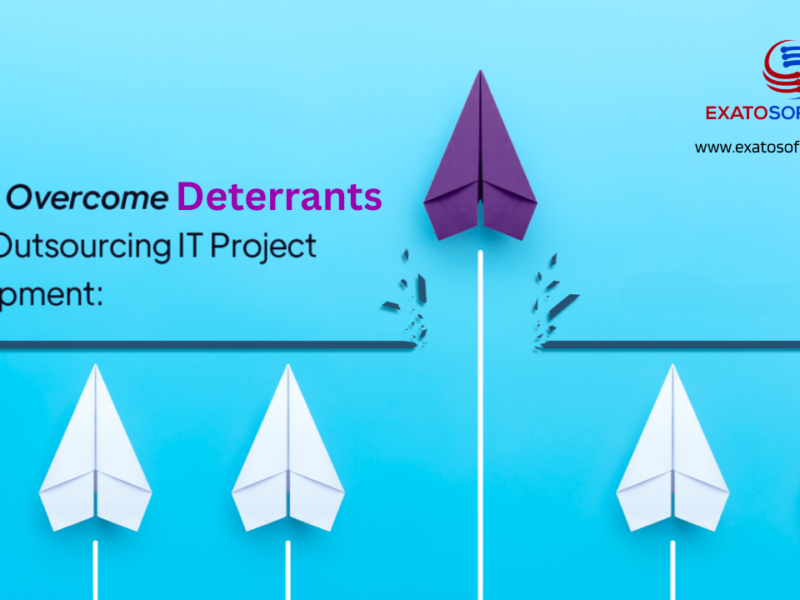The digital world has opened new vistas for businesses to reach customers directly, get their feedback and respond faster than ever before. The software development market is crowded with options, so it’s important to strategize about how you can develop custom software that meets your unique needs. Software development isn’t just about writing code; it involves strategic planning and implementation from the beginning of the process through testing, release, and monitoring. When developing a custom software solution, you need a strategy that will help you achieve your business goals by focusing on key areas such as team structure, project management practices, and technology standards. Here are some of the most effective strategies for developing custom software applications:
Create a strong development team and culture
The team that develops the software is critical to the success of any project. The best way to choose the right team for your project is by assessing the team’s skills and culture in the beginning itself to avoid any project delays in the future. Some important questions to consider when hiring a development team include: – What is the team’s experience with your industry?
Define your vision, goals, and requirements before you build
Before you start building your software application, you need to understand your business goals and how your software will help you achieve them. Once you have a clear vision, goals, and requirements, it becomes easier to make informed decisions about your software and its development. You can also streamline the software development process by choosing an appropriate technology stack. The first step in this process is to identify your stakeholders and their goals. Next, come up with a high-level business architecture diagram that outlines how different departments of your business interact with one another. Then, create personas to define your ideal customers and what challenges they face. Once you have completed these steps, you will be in a better position to select the right technology stack for your application.
Use an agile development process
If your business is growing, you will soon discover that it is challenging to manage your growing software portfolio with a traditional waterfall development process. The agile development process helps reduce risk by allowing you to think through your requirements upfront and build smaller product iterations that deliver value at every stage of the project. It also facilitates collaboration with your client and allows you to respond quickly to changes. Some of the key benefits of using an agile development process when developing custom software include: – Regular progress updates: With an agile approach, you will have regular progress updates, clear milestones, and a transparent process that makes it easier to manage stakeholders and make adjustments to the project timeline.
Continuously monitor user behavior
It’s impossible to know exactly how your users will interact with your new application once it’s live. But you can get a good idea of how they will interact with your application by monitoring the usage of a similar application or beta-testing your application with a select group of users. Monitoring user behavior will help you avoid costly changes and modifications in the later phases of your project. Here are some ways to monitor user behavior: – Define clear acceptance criteria – Before you start building your application, come up with clear acceptance criteria for each feature, and work with your team to agree on these criteria. This will help you avoid misunderstandings about the features and make corrections early on.
Establish platform standards before you start building
Building custom software requires formulating standards that will apply to your entire platform to avoid compatibility issues in the future. Here are some areas where you need to establish standards for your custom application: – Technology stack – Consider the size of your organization and the nature of your project to select an appropriate technology stack. It makes sense to use a standard technology stack if you are building an application for a large enterprise. For example, if your business is looking to replace an existing legacy system, you can use an existing platform such as IBM’s Cloud. If your business wants to build a new application, you can choose a standard technology stack such as Google’s Cloud Platform. – Code and design standards – Establish code and design standards to reduce errors and ensure that the entire platform is secure. Code standards are necessary when you’re developing an application that multiple people will use. Design standards help you create a consistent experience for your customers across multiple platforms, devices, and industries.
Summing up
The digital landscape is changing at a rapid pace. The best way to keep up with these changes is by developing custom software that meets your unique needs and gives you an edge over your competition. The best strategy for developing software is to create a strong development team and culture, define your vision, goals, and requirements before you start building, and use an agile development process. Once you have completed these important steps, you will be in a better position to establish platform standards and select the right technology stack. With a strategic and well-planned approach to developing custom software, you can respond faster to your customers and achieve your business goals.



